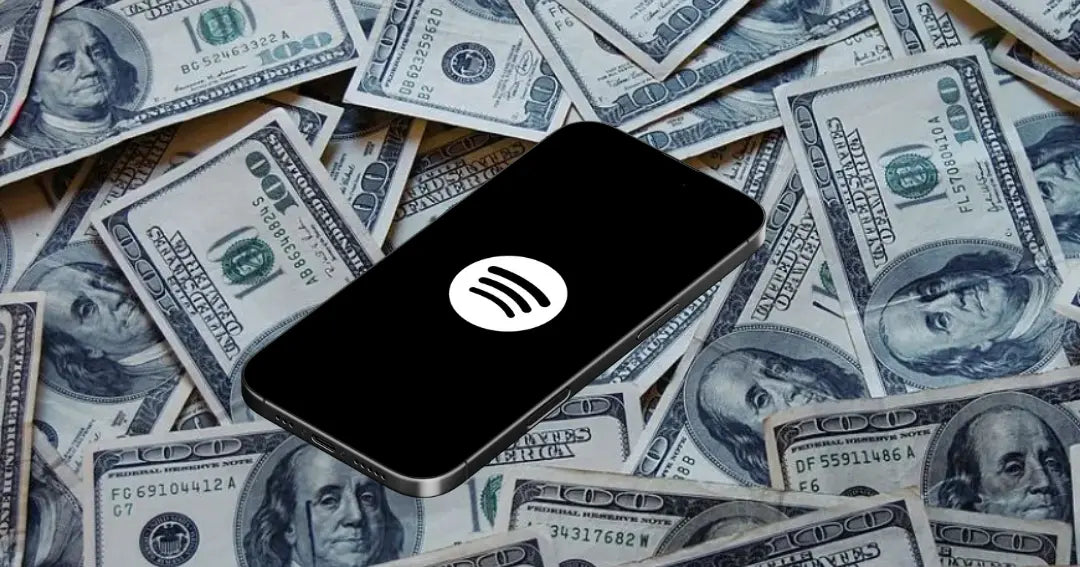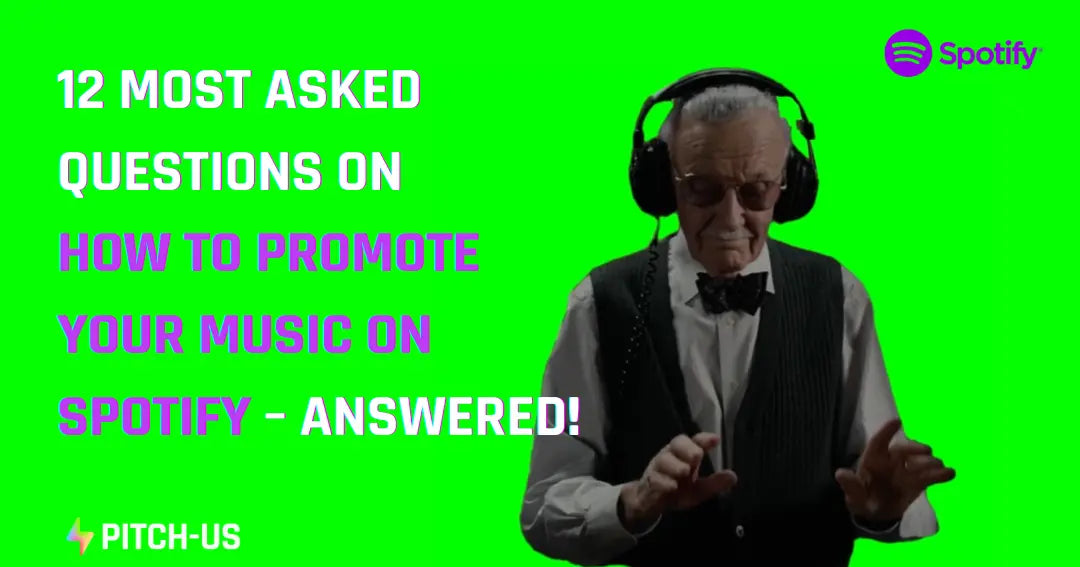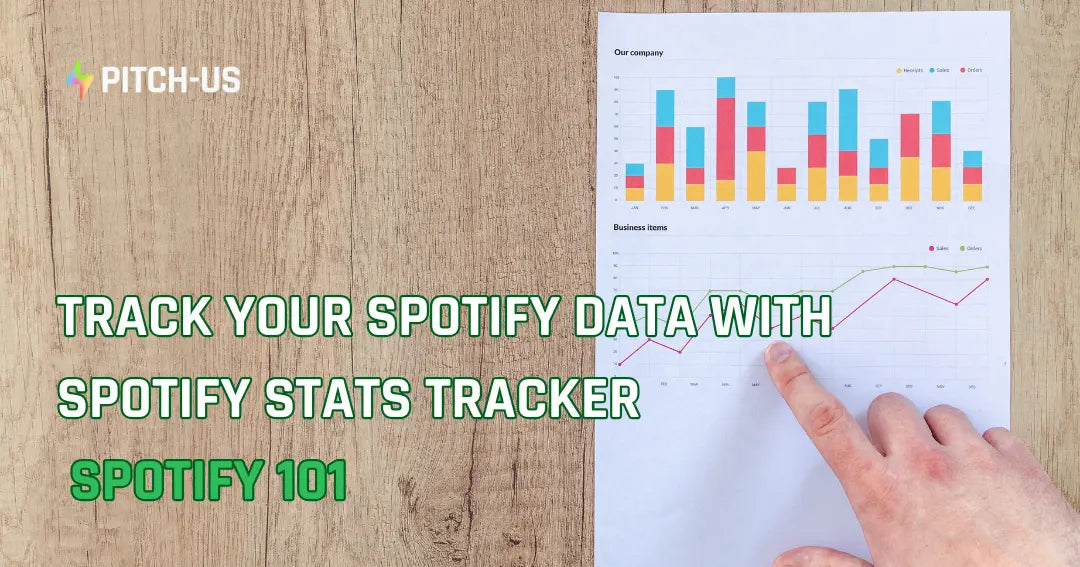For musicians looking to build a career on streaming platforms, music royalties distribution plays a crucial role in generating income. Platforms like Spotify, Apple Music, and SoundCloud each have different monetization models, impacting how artists receive payments. Various factors, including listener engagement and the type of audience consuming the music, determine how much an artist earns. Several types of royalties exist, including:
Mechanical Royalties: Generated when music is distributed and reproduced.
Performance Royalties: Earned when songs are played in public spaces.
Synchronization Royalties: Acquired when a song is paired with visual content, such as TV shows and commercials.
Royalties serve as a primary income source for musicians, aiding in career development and potential collaborations with labels, brands, and fellow artists. However, the system of royalty distribution has long been problematic due to inaccurate calculations, often leaving musicians earning less than they deserve. So read carefully, and you'll have all the data to know if you're paid correctly.
But before we jump in, let us introduce ourselves...
Pitch-Us’ Spotify marketing services are designed specifically for independent musicians who want to reach wider audiences without the backing of a major label. We do the heavy lifting, allowing you to focus on what matters most - making hits.
With Pitch-Us' Spotify Playlist Pitching service, you can:
Get your music submitted to curated playlists that match your style.
Increase your streams and visibility on Spotify.
Connect with listeners who vibe with your sound.
Here's how to get started:
Visit Pitch-Us’ Spotify Playlist Pitching Service page.
Choose a package that fits your budget and goals.
Submit your track and let the experts handle the rest.
Breakdown of Music Royalties
| Type of Royalty | Definition | When It’s Earned | Who Receives It | Examples |
|---|---|---|---|---|
| Mechanical Royalties | Payments for song reproduction and distribution. | Earned when music is streamed, downloaded, or sold physically. | Songwriters and publishers | Streaming on Spotify, CD sales, iTunes downloads |
| Performance Royalties | Compensation for public playback. | Generated when music is played on the radio, in public venues, or live. | Songwriters, publishers, and PROs | Airplay on radio, background music in a restaurant, live concerts |
| Synchronization Royalties | Fees for pairing music with video content. | Earned when songs are used in films, TV, or commercials. | Songwriters and publishers | Linkin Park’s music in Transformers, Hans Zimmer’s soundtrack for The Amazing Spider-Man 2 |
Common Royalty Distribution Models
A common misconception is that artists receive money instantly after their music is streamed. In reality, royalty payments depend on the distribution model used by digital service providers (DSPs). The two primary models include:
The Pro-rata Model
In this model, royalties are distributed based on the total number of streams in a given country. DSPs calculate a performer’s share by determining the percentage of all streams they account for in a particular market.
Advantages:
Straightforward calculation method.
Benefits artists with high play counts, reflecting their popularity.
Disadvantages:
Favors already popular artists, leaving emerging musicians with fewer opportunities.
Listener subscriptions do not directly benefit the artists they listen to; instead, earnings go into a general pool.
The User-Centric Model
Unlike the pro-rata system, the user-centric model allocates revenue based on each listener's activity. Here, subscription payments (after a platform’s cut) go directly to the rightsholders of the tracks streamed by that user.
Advantages:
Ensures more direct and fair payments to artists.
Listener subscriptions directly support the musicians they listen to.
Considerations:
Streaming services don’t pay musicians directly—payments are first sent to record labels, distributors, and publishers.
Per-stream earnings fluctuate based on country and agreements between artists and labels/distributors.
How Music Royalties Are Generated
Earnings from royalties come from multiple sources, including live performances, radio airplay, and streaming. The specific royalty type and amount depend on the platform and region where the music is played.
Mechanical Royalties: Paid when a record label produces and sells a physical or digital copy of a song.
Performance Royalties: Earned when music is publicly broadcasted, such as radio play or TV appearances.
Synchronization Royalties: Generated when music is used in movies, ads, or television shows.

Royalty Payments by Streaming Platform
| Platform | Average Pay Per Stream | Streams Needed to Earn $1,000 |
| Spotify | $0.00437 | ~229,000 |
| SoundCloud | $0.0025 - $0.004 | ~250,000 - 400,000 |
| Apple Music | $0.0056 - $0.0078 | ~128,000 - 179,000 |
(Source: The Metalverse Official, LALAL.AI)
Example Earnings for an Artist Across Multiple Revenue Streams
Case Study: An Indie Artist 'X'
Background: Artist X is an independent musician who distributes their latest single across multiple platforms. Their song gains significant traction, being streamed, played on the radio, and even licensed for a commercial. Here’s a breakdown of their earnings:
Spotify: 2 million streams → $8,740
Apple Music: 1 million streams → $6,700
SoundCloud: 500,000 streams → $1,625
Radio Airplay: Song played 1,000 times across various stations, with an average royalty rate of $0.06 per play → $60
Commercial Sync Licensing: Licensed for a national TV ad → $15,000
Total Earnings: $32,125
Maximizing Earnings from Music Streaming
While streaming numbers influence earnings, a strategic approach is essential for financial success. Artists should focus on marketing strategies to increase visibility and fan engagement.
Develop a comprehensive online presence: Build a strong brand across social media and streaming platforms.
Utilize paid promotions: Advertising campaigns can push tracks to higher chart positions, leading to increased royalties.
Engage with fans: Interacting with audiences helps retain listeners and build a loyal fanbase.
By combining streaming revenue with effective promotional efforts, artists can enhance their earnings while growing their careers.
Contact us for further assistance and help! :)





Laisser un commentaire
Ce site est protégé par hCaptcha, et la Politique de confidentialité et les Conditions de service de hCaptcha s’appliquent.